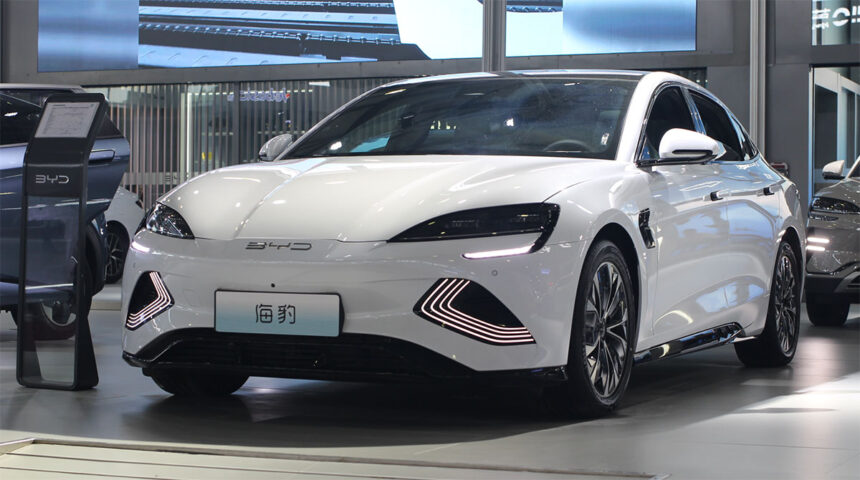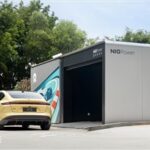Chinese-branded passenger car exports are set to experience significant growth this year, according to a report by market researcher Canalys. The report predicts that exports of passenger cars from Chinese auto brands will reach 2.5 million units in the second half of 2024, bringing the full-year volume to 4.5 million units, marking a 29 percent increase compared to the previous year.
While overall passenger car exports are on the rise, the growth rate for pure electric models is expected to slow down. Specifically, China’s battery electric vehicle (BEV) model exports are projected to reach 860,000 units this year, with growth slowing to 9 percent. This deceleration is attributed to European Union tariff policies and decreasing demand for new energy vehicles (NEVs).
The contribution of BEVs to the passenger car exports of Chinese auto brands is also expected to decline, dropping from 22.5 percent in 2023 to 19.0 percent in 2024. On the other hand, plug-in hybrid electric vehicles (PHEVs) and hybrid electric vehicles (HEVs) are anticipated to play a more significant role in exports, with their combined share exceeding 10 percent for the first time in three years. Canalys projects PHEVs to reach 310,000 units and HEVs to reach 240,000 units in exports this year.
Latin America and Europe are identified as the primary regions driving the growth of PHEV and HEV exports from Chinese auto brands. However, the European Union’s recent anti-subsidy investigation into BEV imports from China has resulted in additional tariffs on Chinese EVs, impacting different carmakers with varying tariff rates.
Despite the challenges posed by the EU tariff hike on Chinese BEVs, Chinese automakers are looking to diversify their overseas product offerings by rapidly introducing hybrid models to meet local consumer demand and avoid tariffs. This strategic move not only expands brand recognition but also positions Chinese manufacturers to capitalize on a potential rebound in local NEV demand.
In conclusion, while the European market remains a core export destination for Chinese NEV models, shifting dynamics and policy changes are reshaping the landscape. Chinese automakers are adapting by focusing on hybrid models to navigate the evolving market conditions and drive continued growth in their overseas exports.







